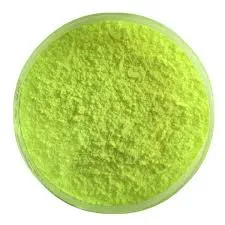Polyacrylamide in Water Applications and Benefits
Polyacrylamide is a widely used polymer that has gained significant attention in various industries due to its unique properties and versatility. This water-soluble polymer, derived from acrylamide monomers, plays a crucial role in enhancing the performance of several applications, particularly in the fields of water treatment, agriculture, and biochemistry. Understanding its characteristics and benefits in aqueous solutions can provide valuable insights into its applications and implications.
Polyacrylamide in Water Applications and Benefits
In agriculture, polyacrylamide has gained popularity as a soil conditioner. When incorporated into the soil, the polymer improves moisture retention, reducing the need for frequent irrigation. This is particularly beneficial in arid and semi-arid regions where water scarcity poses a significant challenge to crop production. Additionally, polyacrylamide helps prevent soil erosion by stabilizing the soil structure, allowing for better growth conditions for plants. By enhancing water infiltration and distribution within the soil, it also promotes healthy root development, leading to improved crop yields.
polyacrylamide in water

At the biochemical level, polyacrylamide is widely used in laboratory settings, particularly in electrophoresis, a technique employed to separate macromolecules like proteins and nucleic acids. Polyacrylamide gels provide a stable medium for the migration of these molecules under an electric field, allowing researchers to analyze their size and charge. The ability to tailor the polymer’s concentration and degree of cross-linking allows for the customization of gel properties, making it an invaluable tool in molecular biology and biochemistry studies.
Despite its advantages, it is essential to consider the safety implications of using polyacrylamide. While the polymer itself is generally considered safe, acrylamide, its monomer, is a neurotoxin and potential carcinogen. Therefore, it is crucial that polyacrylamide products are manufactured under stringent safety guidelines to minimize any risks associated with acrylamide exposure. Regulatory bodies monitor the use of polyacrylamide in various applications to ensure compliance with safety standards.
In conclusion, polyacrylamide proves to be an essential polymer with extensive applications in water treatment, agriculture, and biochemistry. Its ability to enhance water quality and improve agricultural practices makes it a valuable resource in addressing environmental challenges. However, the safe handling and use of polyacrylamide products are crucial to maximize benefits while minimizing potential health risks. As research continues to explore new formulations and applications, the potential of polyacrylamide in solving contemporary issues remains promising.

